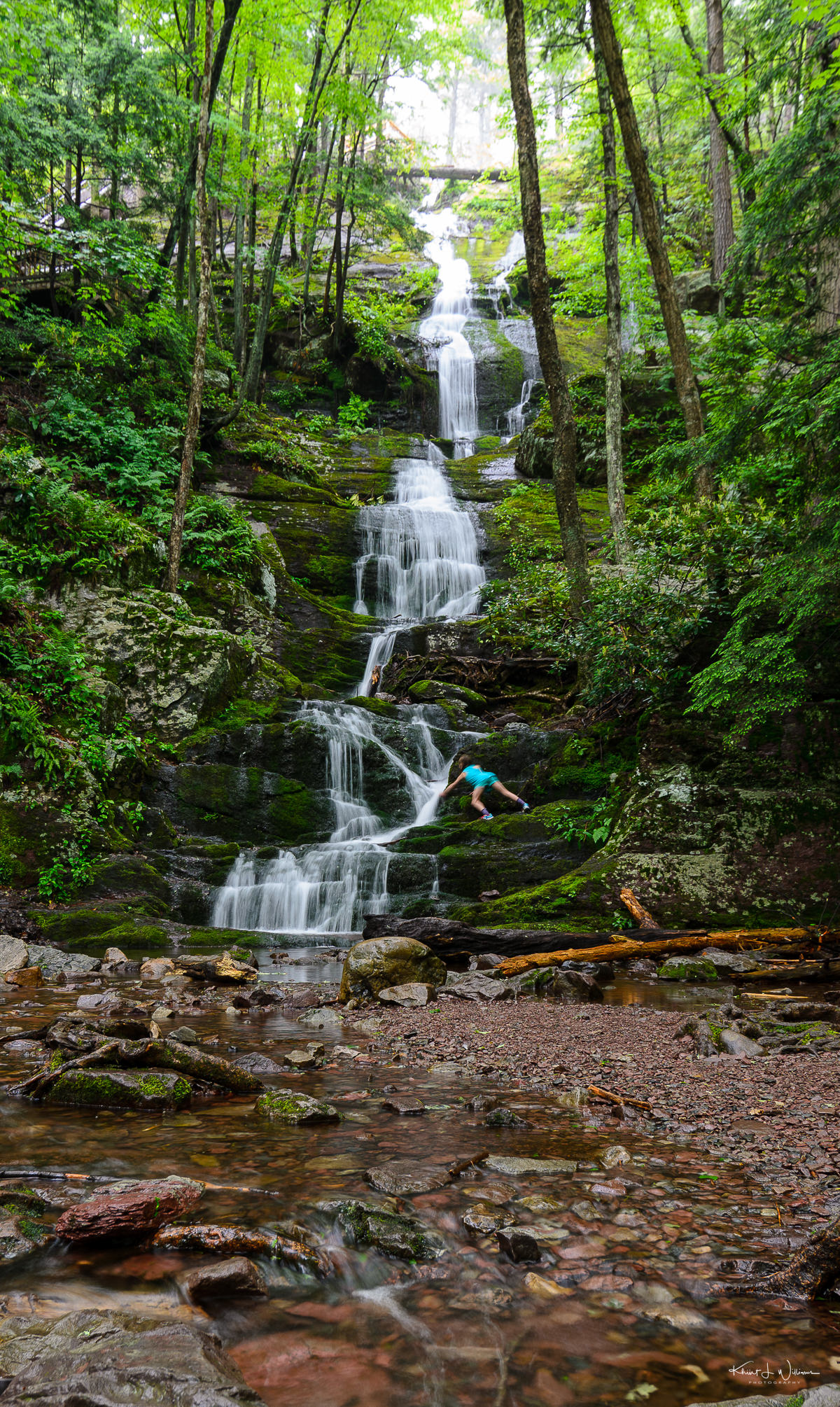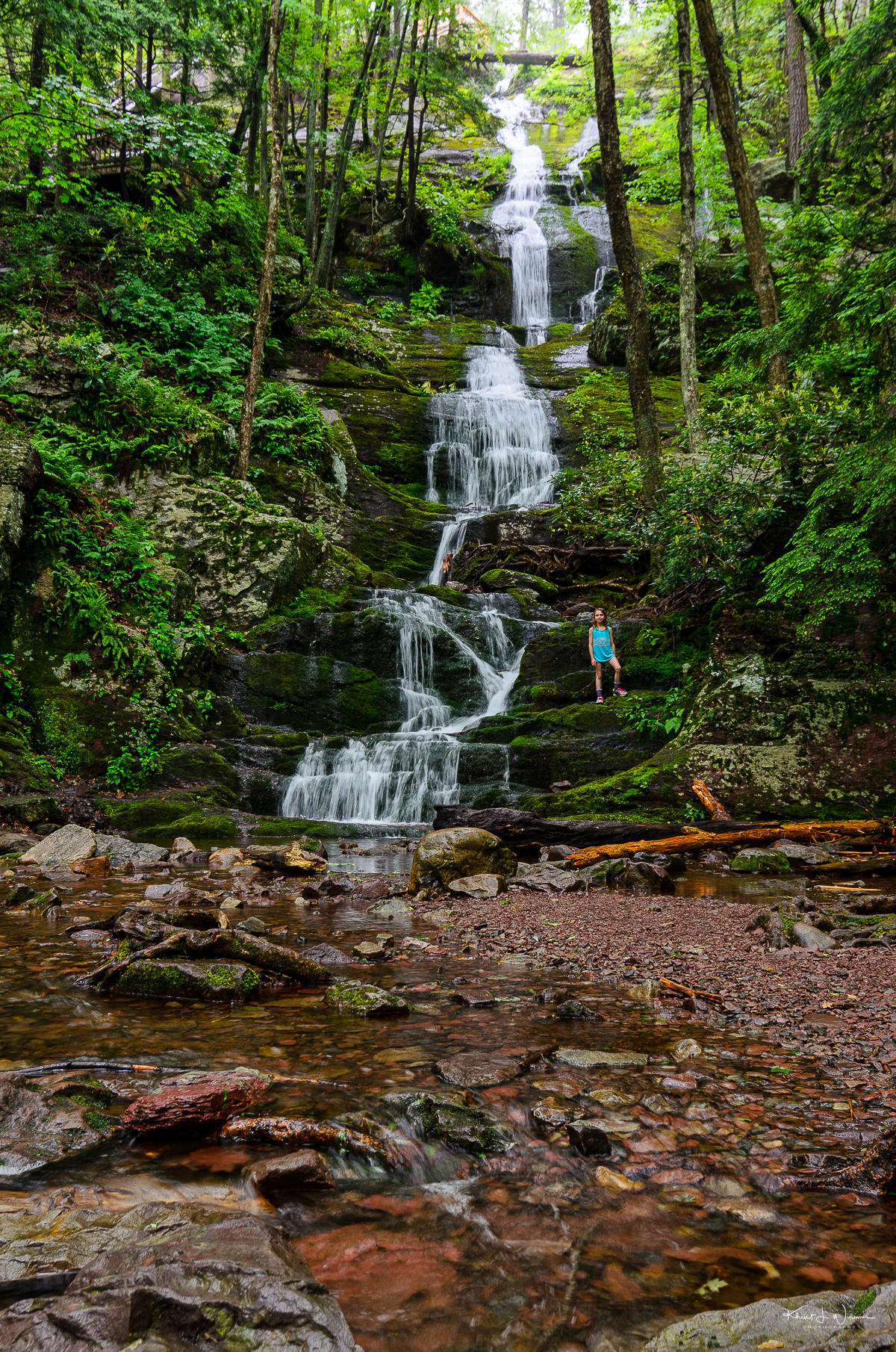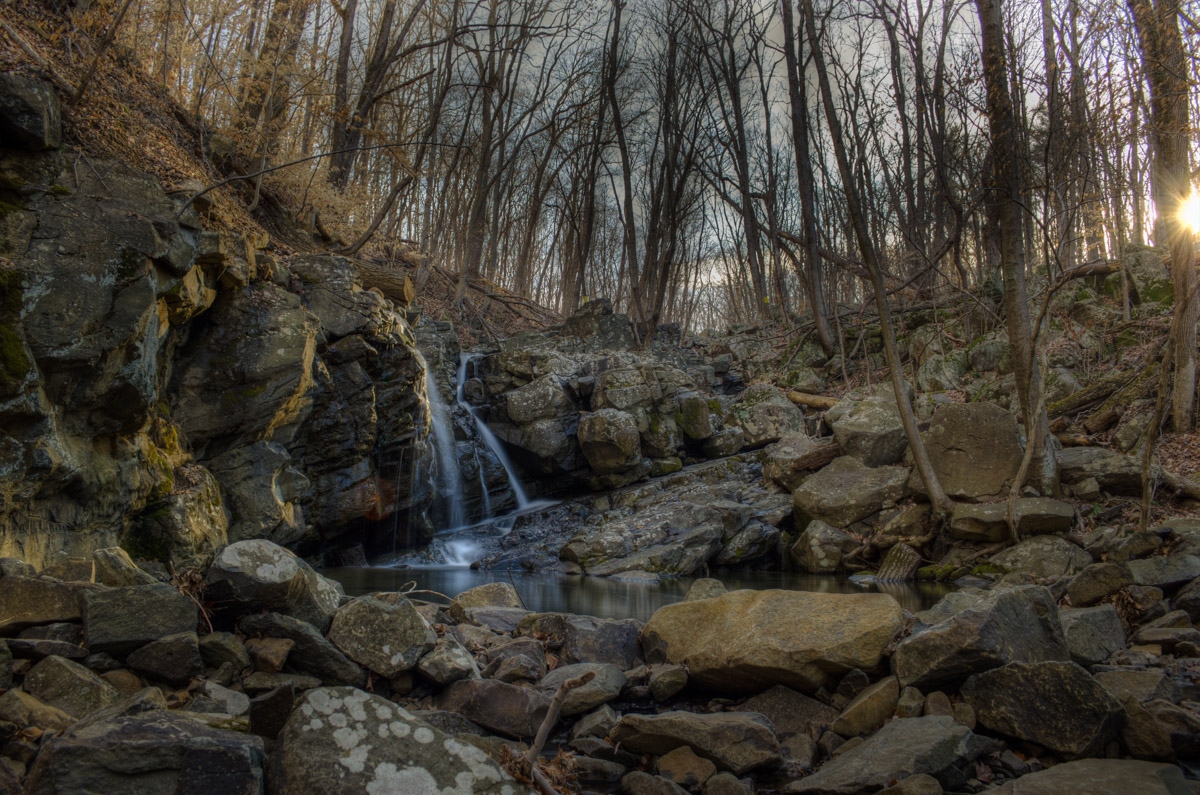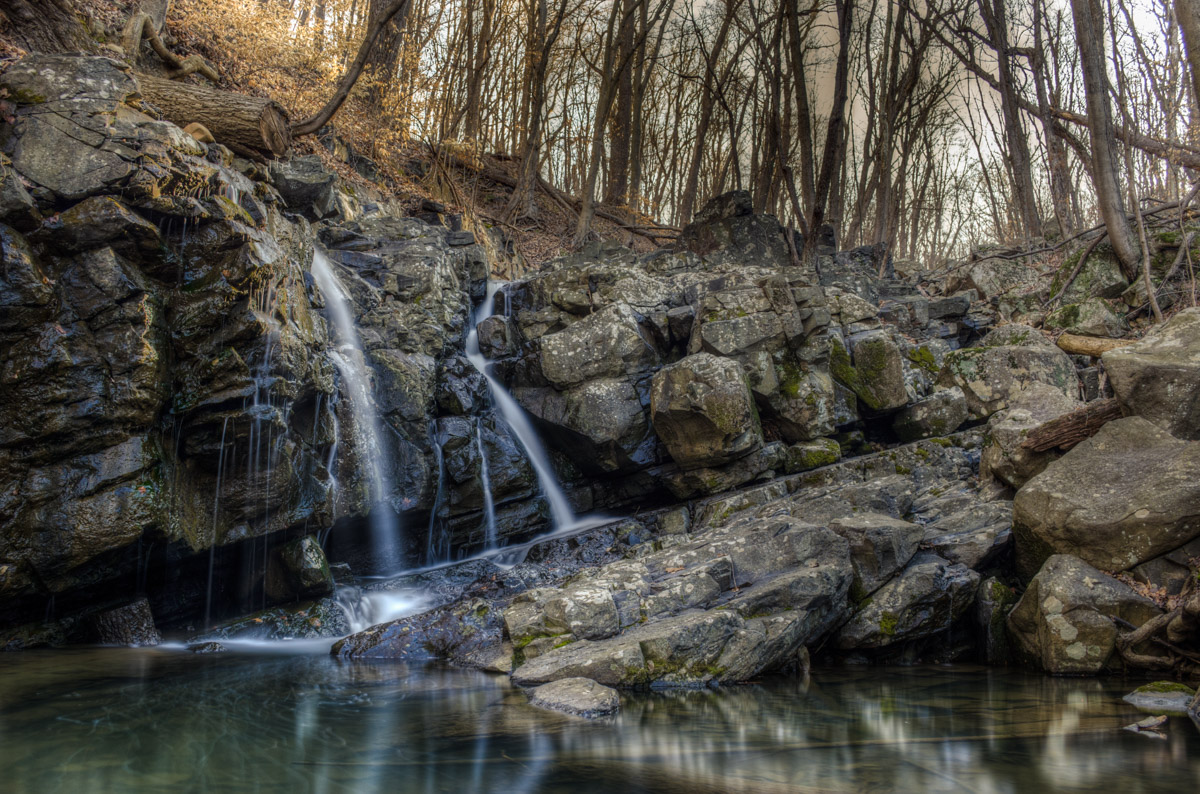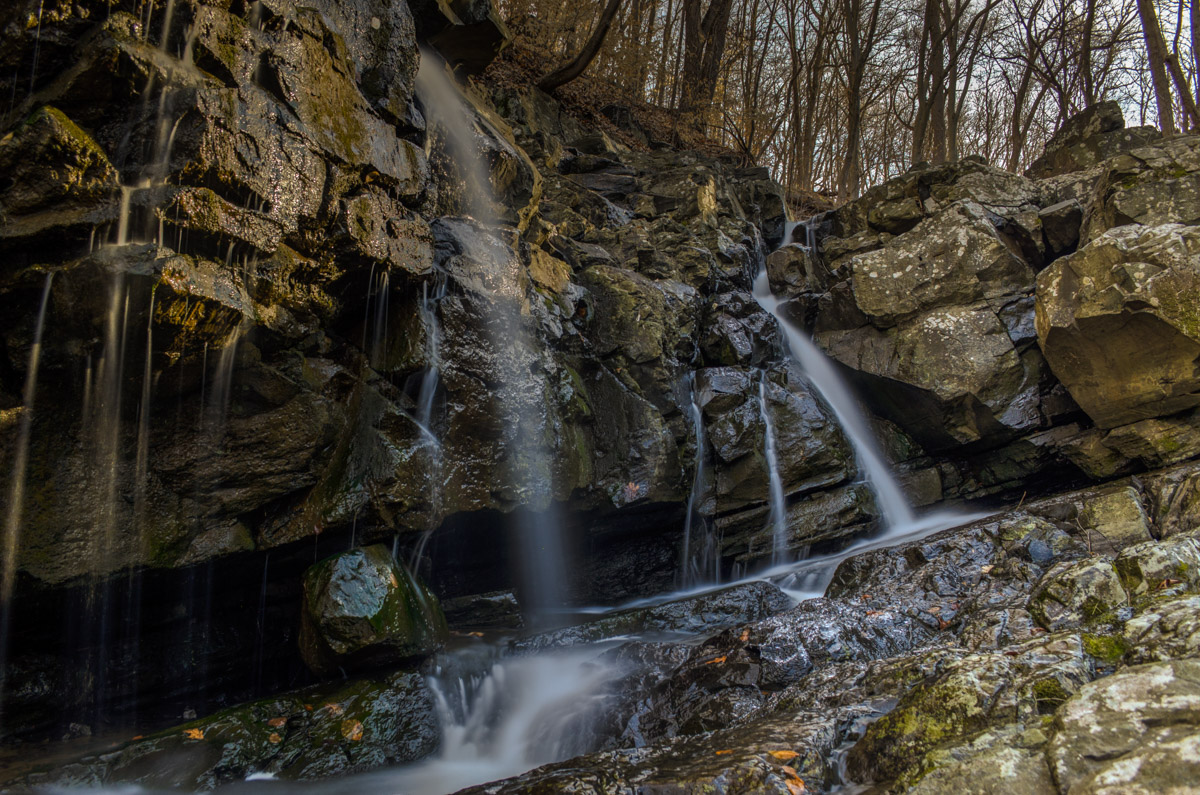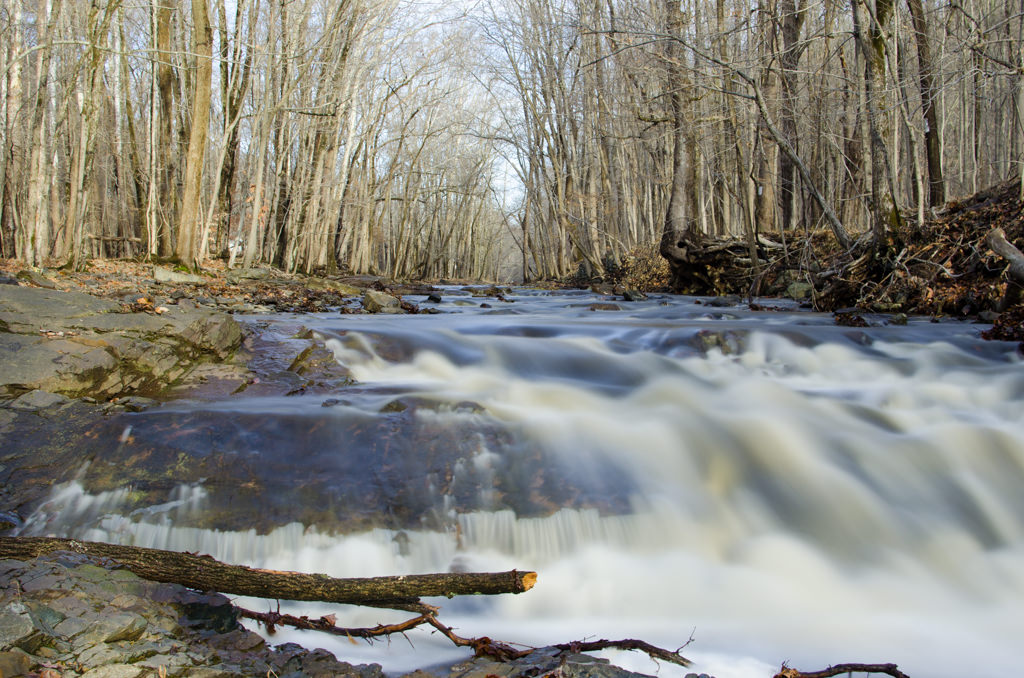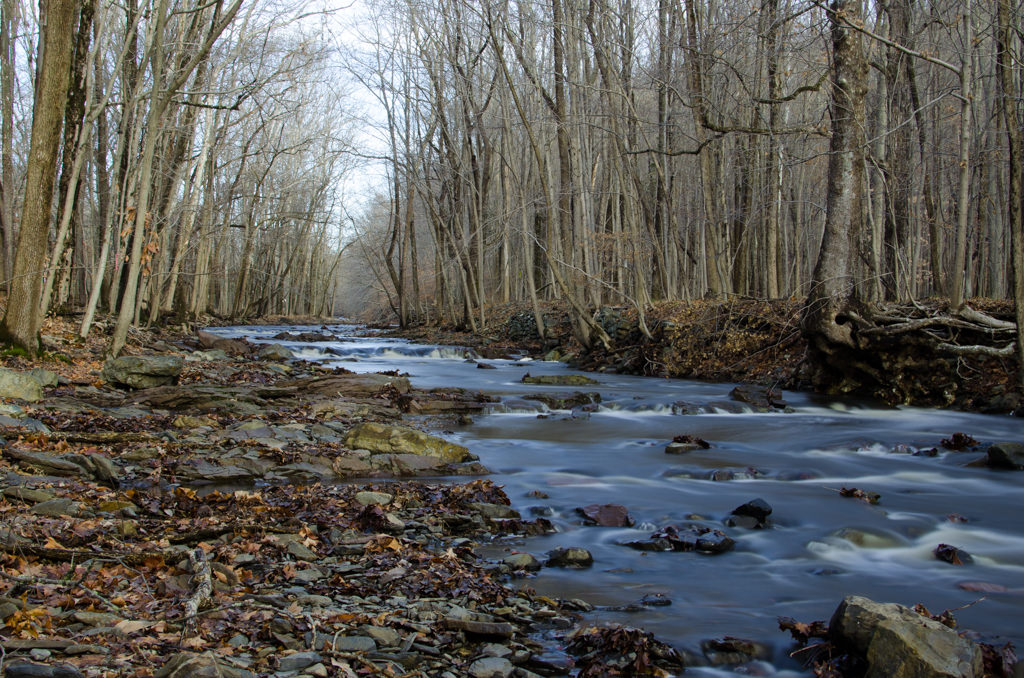After our wet adventure at Tillman Ravine, our group decided to head to Buttermilk Falls despite the ominous threat of another downpour. The drive in the car was far from smooth; the road was riddled with potholes.
Our target was Buttermilk Falls on Mountain Road in Branchville, New Jersey, in Stokes State Forest Park. Branchville, with its roots dating back to the 18th century, has historical significance as Connecticut colonists settled it. The falls are conveniently accessible from a parking lot across the roadway, sparing us from a lengthy trek.
I took the opportunity to capture some photographs at the base while Chris' daughter enthusiastically scaled the rocky terrain. The ever-changing light conditions, transitioning from dark at the bottom to bright sun at the top of the waterfall, posed a photography challenge. Patience was the key, and Adobe Lightroom played its part in achieving the desired image.
The terrain surrounding Buttermilk Falls was rugged and rocky, with a steep staircase ascending from the bottom of the falls. Climbing from the bottom to the top tested my stamina, but it was child's play for Chris' daughter, who effortlessly climbed the rocks and the stairs to reach the summit in record time. For the more mature group members, like Walt and myself, the ascent proved more challenging, particularly as I lugged around a tripod and a camera bag filled with gear and bottled water.
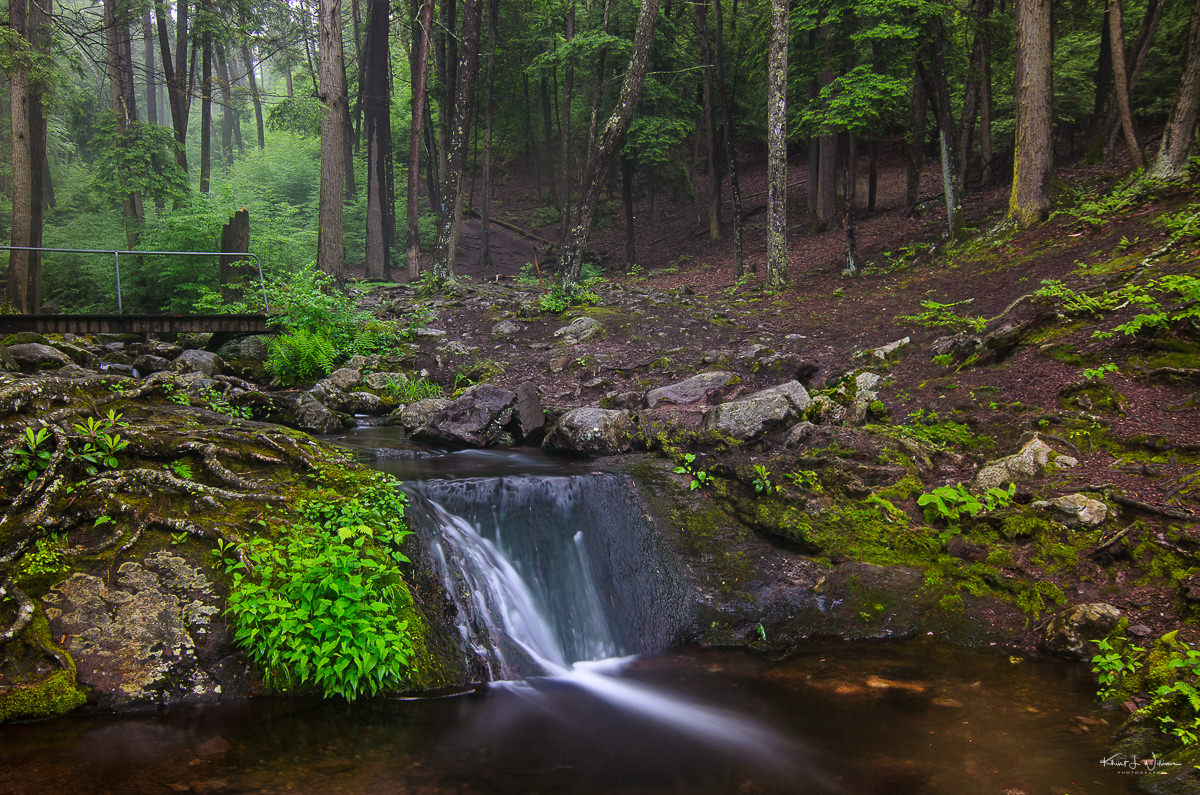
As we ascended the steep stairs to the peak of Buttermilk Falls, I couldn't help but acknowledge how out of shape I had become. I was carrying photography equipment, which added to the challenge.
I captured fewer images than I had hoped. Working with a new lens, the Tokina 11-16mm f/2.8 AT-X Pro DX-II for Nikon DX, meant that setting up and composing each shot required more time than expected. Also, the hike to each shooting spot was time-consuming. Despite the obstacles, I thoroughly enjoyed the experience, gaining firsthand knowledge of hiking through a forest amid a torrential downpour while carrying tripods and camera gear.
The area's natural beauty is a result of geological history that dates back hundreds of millions of years, and the forest is home to diverse flora and fauna, including various hardwood tree species and wildlife like deer, bears, and numerous small mammals.
Our visit to Buttermilk Falls was in Spring. I expect that climbing the stairs in the winter can be risky. Alternatively, you can walk to the falls from the closed gate on Mountain Road, which would be about a mile's trek.
